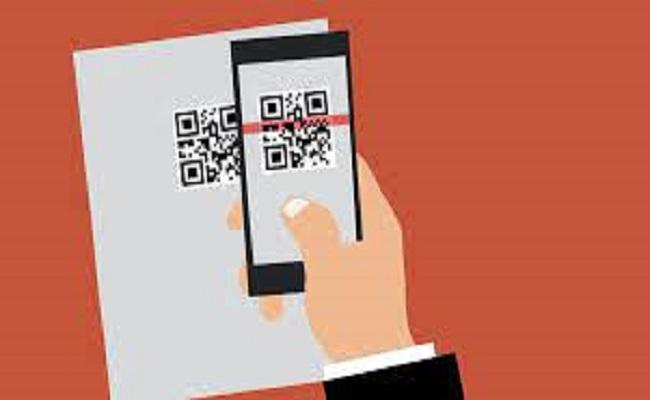Dangers of Scanning QR Codes

Clicking links in emails can be dangerous, and viewing URLs saved in such codes can be dangerous as well.
QR codes can be used for a variety of purposes, including avoiding contact with items and close encounters with other people. They're graphical representations of digital data that a smartphone or other device can print and scan. The widespread adoption of QR codes is one of the numerous developments brought about by the pandemic.
QR codes are similar to bar codes found on product packaging that cashiers scan using infrared scanners to inform the computer about the items being purchased. QR codes contain data in both vertical and horizontal axes, allowing them to hold a lot more information. They are related to bar codes, which store data horizontally along one axis.
Also Read: How Many People Can Speak on WhatsApp Call at Once?
QR Code’s Anatomy
While it is simple for humans to read Arabic numbers, it is difficult for a computer to do so. Bar codes are a series of black and white lines of varying widths that encode alphanumeric data.
Bar codes are used in stores to record the set of digits that identify a product. Data recorded in bar codes are redundant, which is critical. Even if a portion of the bar code is broken or hidden, a device can still read the product ID.
QR codes, which can be found on your smartphone, are designed to be scanned with a camera. Many camera apps for Android and iOS provide QR code scanning. The most common use of QR codes is to store web links. They may, however, hold any type of data, including text and graphics.
When you scan a QR code using your phone's camera, the QR reader decodes the code, and the resulting information prompts your phone to act. If the QR code contains a URL, your phone will display it to you. The webpage will open in your phone's default browser when you tap it.
Data, position markers, silent zones, and optional logos are all aspects of QR codes.
The QR code anatomy includes data (1), position markers (2), quiet zone (3), and optional logos (4).
A QR code contains data in the form of a square grid of dots. The patterns encode collections of numbers, characters, or both, including URLs, with each dot representing one and each blank representing a zero in binary code. This grid has 21 rows by 21 columns at its lowest size and 177 rows by 177 columns at its greatest size.
QR codes are usually made up of black squares on a white background, which makes the dots simple to recognise. This isn't a hard and fast rule, and QR codes can have any colour or shape for their dots and backgrounds.
Squares in the top-left, top-right, and bottom-left corners of a QR code serve as position markers. When a QR code is scanned, these markers allow a smartphone camera or other device to orient the code. To aid the computer in determining where the QR code begins and stops, QR codes are surrounded by blank space, known as the quiet zone. A logo can be included in the centre of QR codes if desired.
QR codes, like barcodes, are built with data redundancy in mind. The data can still be retrieved even if up to 30% of the QR code is damaged or difficult to read. In truth, logos are not part of the QR code; they only obscure some of the data. The data represented by these missing dots may, however, be retrieved by gazing at the remaining visible dots, thanks to the QR code's redundancy.
Potential Dangers
QR codes aren't always harmful. They are merely a means of storing information. However, just as clicking links in emails may be dangerous, viewing URLs encoded in QR codes can be dangerous in various ways.
The URL of the QR code may redirect you to a phishing website that attempts to mislead you into entering your login or password for another website. The URL might redirect you to a respectable website that then performs a malicious action, such as granting an attacker access to your account.
While a fault in the website you're visiting is required for such an attack, such flaws are ubiquitous on the internet. The URL can redirect you to a malicious website that causes another website on the same device to do an unlawful activity.
A malicious URL might lead your device to launch an application and perform an activity. Perhaps you've noticed this behaviour when you clicked a Zoom link and the Zoom programme instantly launched and joined a conference. While such behaviour is usually harmless, an attacker might exploit it to fool some applications into disclosing your personal information.
When you click a link in a QR code, it's vital to make sure the URL is safe and originates from a reputable source. You should not click on the URL included in the QR code just because it includes a logo you recognise.
There's also a potential that the software you're using to scan the QR code has a flaw that permits rogue QR codes to take control of your device. Even if you do not visit the URL included in the QR code, this attack will succeed. To avoid this risk, only scan QR codes with trusted apps provided by the device maker, rather than downloading homemade QR code apps.




